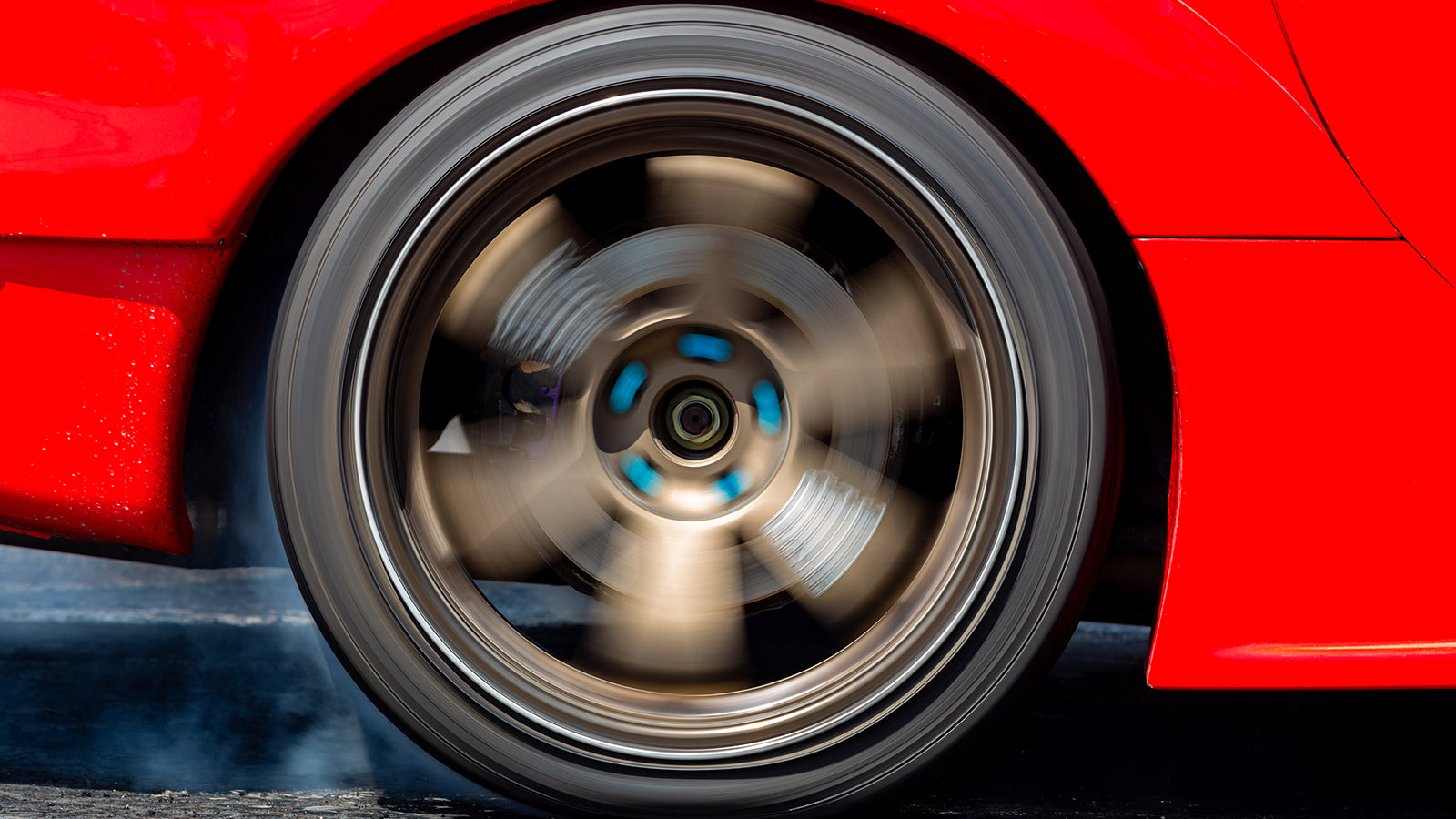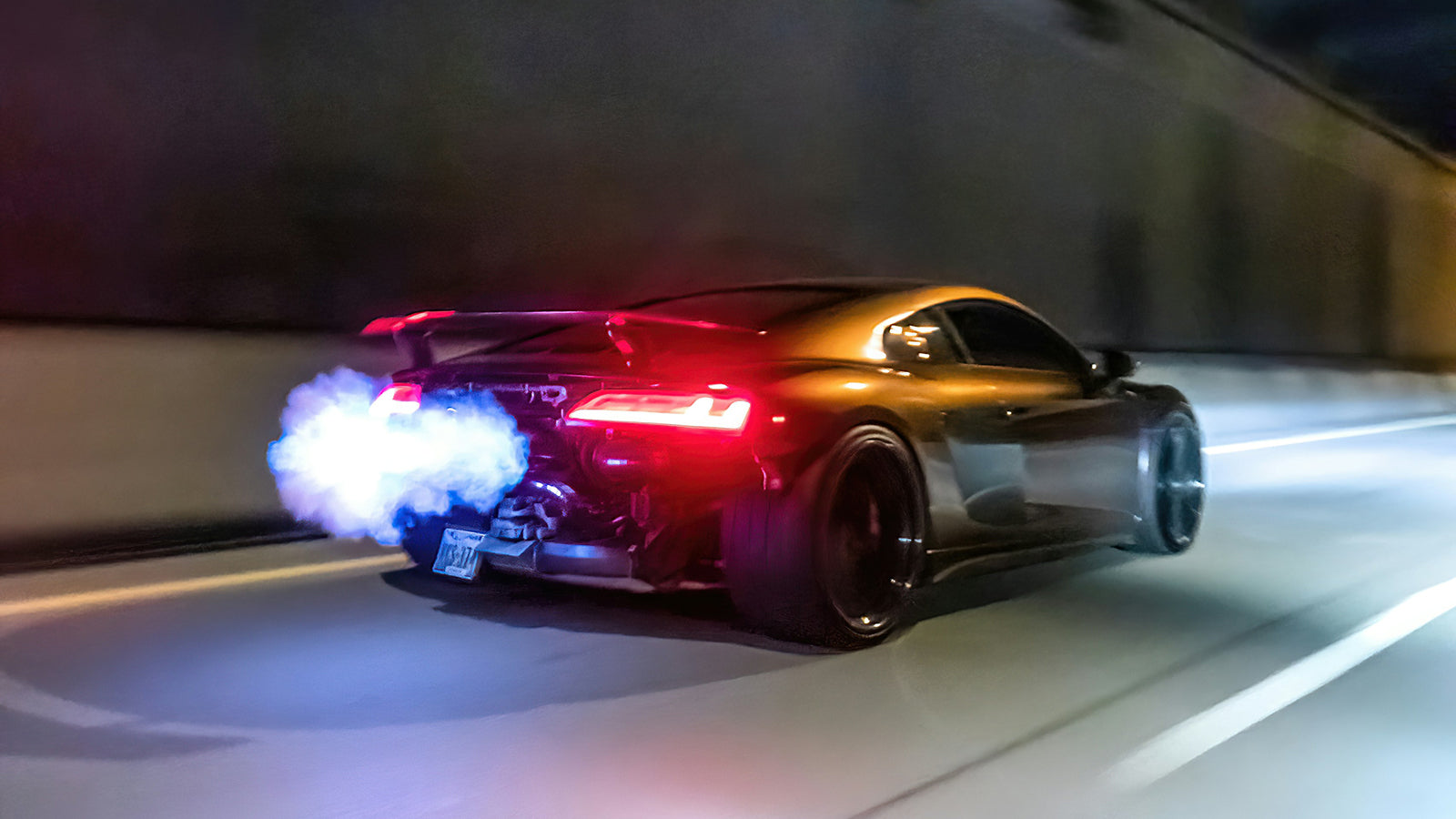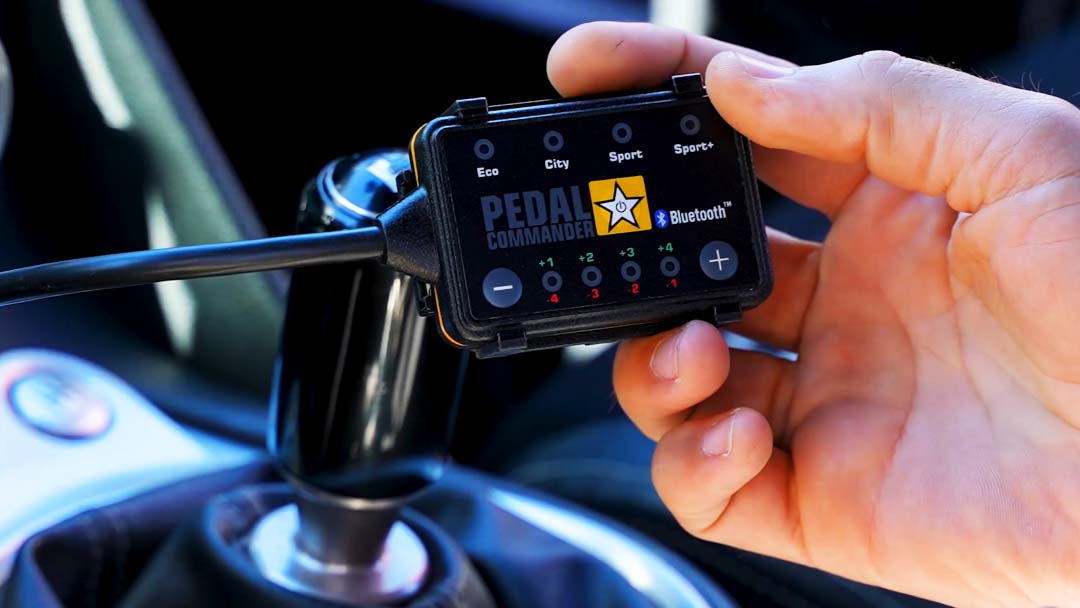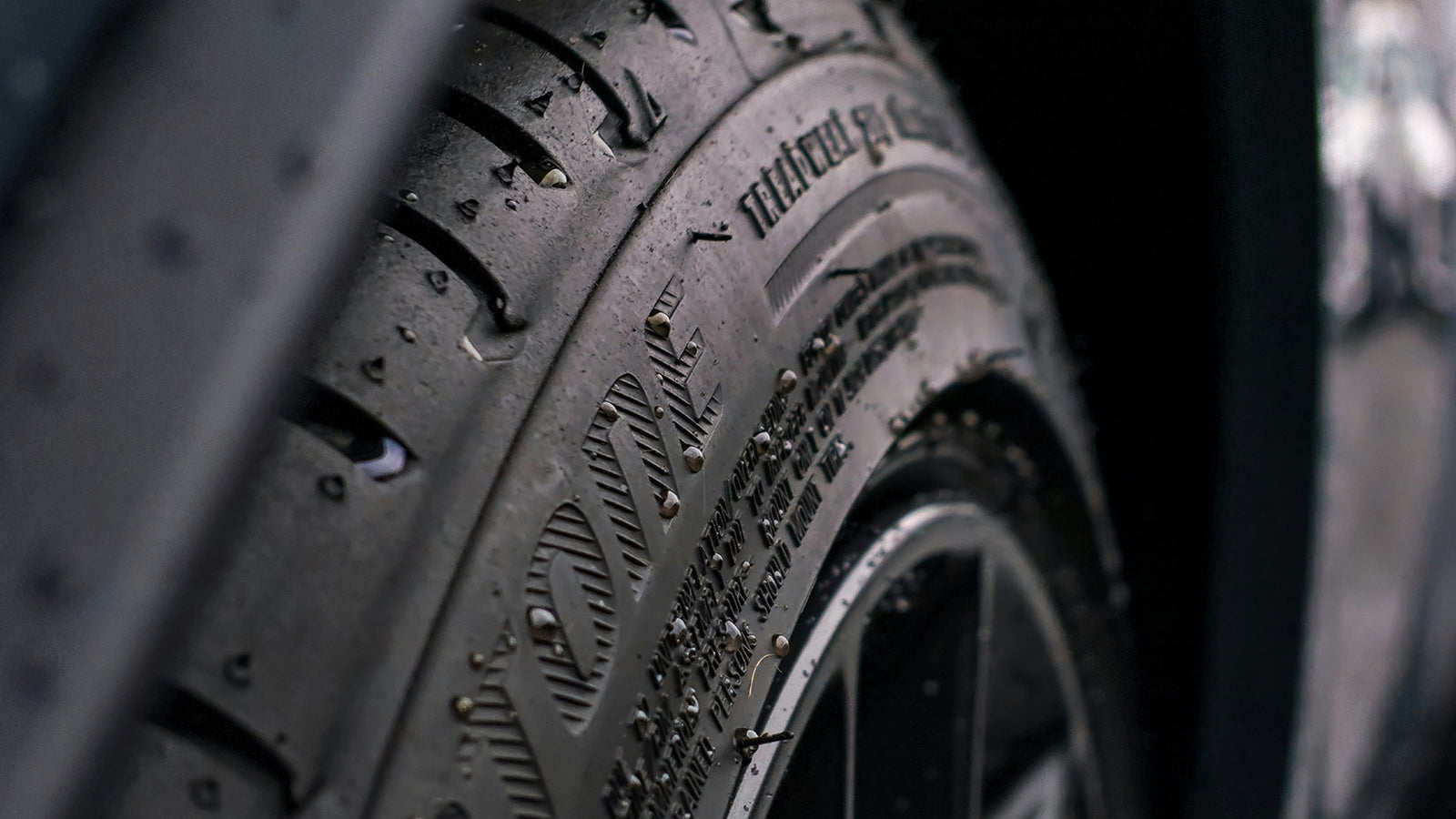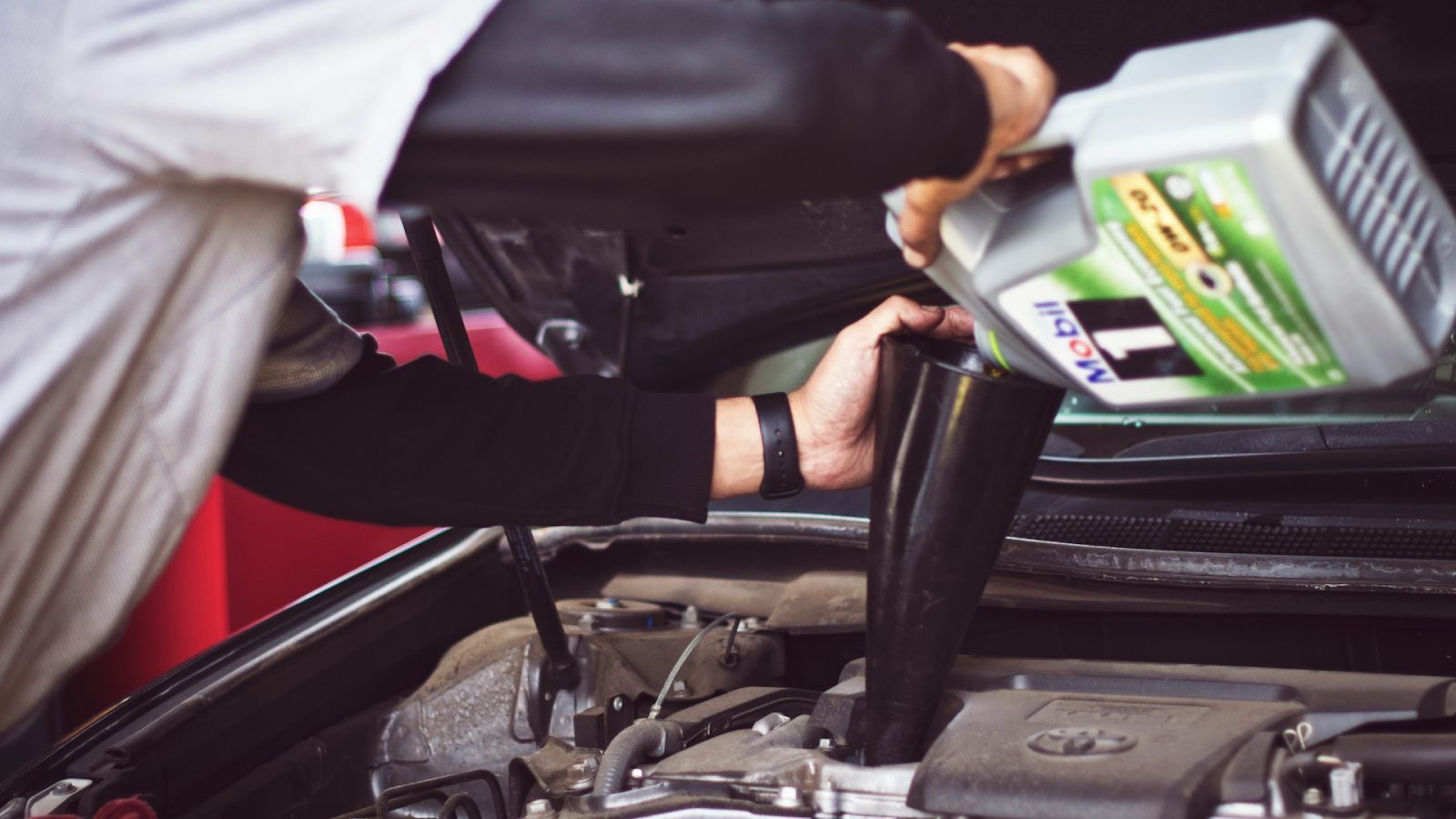ECU Tuning: What You Need to Know
Can TangünerShare
When first incorporated into internal combustion engines, Electronic Control Units (ECUs) controlled only the air and fuel mixture and ignition timings. In modern vehicles, ECUs manage the entire engine performance and overall operation of the vehicle. The ECU is a computer coded to control everything it receives from many sensors and ensure the engine runs properly. It processes the data it gets and sends appropriate commands to the individual components to optimize engine performance, fuel efficiency, and emissions monitoring.
Automobile enthusiasts always seek to improve their vehicles' performance. Many performance mods exist, but almost all require tuning to the ECU to utilize them fully. ECU tuning involves modifying the unit’s settings to improve the power output and fine-tuning the parameters according to the other mods you’ve done to the engine.
What is ECU Tuning?
ECU tuning involves modifying software or firmware within the unit's chip to alter the engine's operation. ECU tuners can improve engine performance by changing and modifying many variables, values, and settings. The main focus in performance ECU tuning is to optimize air intake, fuel delivery, and ignition timing.
When you upgrade the engine for more power, you change the amount of air and fuel that goes into the combustion chamber. For instance, fitting a cold air intake kit will increase the airflow inside the cylinder. If you don’t change the tune, you’re not fully utilizing the cold air intake kit. It might bump up the horsepower alone, too, but you have to “tell” the ECU the changes you’ve made. In this case, you’ll tell it to increase the fuel amount to maximize the air-fuel ratio's efficiency inside the chamber.

ECU tuning can be performed on stock ECUs if the manufacturer allows changes, or it can be done by installing aftermarket piggyback units or standalone ECUs. Do not try and screw around with all these on yourself, though. Let a professional engine tuner do it unless you actually know what you’re dealing with.
How Does ECU Tuning Work?
You already know how an internal combustion engine works. You need three ingredients: air, fuel, and ignition. Then, witchcraft happens inside the combustion chamber, and the engine produces power to propel the vehicle forward. To get the best efficiency and optimum performance, you need the right amount of air and fuel in the mixture, called the air-fuel ratio (AFR).
Manufacturers set these parameters to balance performance, economy, driveability, and longevity. Modifying the ECU will yield much more power than the manufacturer intends, and if you have various other performance upgrades, a proper ECU tune will help you get the most from them.
Performance ECU tuning involves changing the parameters regarding the air-fuel mixture and ignition timing to optimize the power output.
Optimizing Air-Fuel Ratio
A perfectly optimized engine runs on a perfectly optimized air-to-fuel ratio. Too much fuel makes the engine run rich, and too much air makes it run lean. A lean-running engine produces less power and overheats. A rich-running engine does not produce the optimum power, and you’ll throw fuel efficiency out the window.
The mixture needs to be just right, and any performance upgrade you do under the hood will ruin this balance. ECU tuners adjust the AFR to provide the ideal mixture for performance gains based on the other mods you’ve made to the engine.
Optimizing Ignition Timing
When the air-fuel mixture is compressed inside the combustion chamber, you need a timely ignition spark for the best performance. If the spark happens too late, the piston might already be down the cylinder, resulting in low power. If the spark occurs too soon, the piston might have to work against the expanding gasses after the combustion, resulting in detonation. Also, the air/fuel mixture does not immediately explode with the spark, so there should be a slight delay in ignition timing.

Optimal ignition timing is crucial for the best performance, efficiency, smooth driving, and reduced engine wear. Adjusting the ignition timing is a vital process in ECU tuning after modifying other aspects of an engine.
Optimizing Boost Pressure
If your vehicle’s engine has a turbocharger, the ECU controls the forced induction system, too. A turbocharger increases the volume of the air that goes into the engine by compressing it. The ECU monitors and manages this process, which is directly related to the air-fuel ratio.
By tuning the boost pressure, you can force more air into the engine, increasing the power output with the help of more fuel injected. Proper ECU tuning ensures the engine operates as safely as possible despite the increased boost levels.
Different Ways to Tune the ECU
Some ECUs are flashable; you can put a new file into them, but others don't. You can use piggyback ECU tuners that connect to several sensors and trick the stock ECU to change its parameters to produce more power. Or you can get an aftermarket stand-alone ECU and program it for your specific engine build.
Piggyback Systems
These devices connect between the engine’s existing ECU and several sensors and modify the signals from the sensors before they reach the ECU. The stock ECU receives modified signals and is tricked to increase the power output. Piggybacks are relatively easy to install and quite cost-effective. However, the power gains are moderate compared to other, more advanced solutions.
ECU Remapping
Remapping or re-flashing a stock ECU means rewriting the software to alter its default settings. Remapping can provide significant power gains, especially when combined with other modifications. Remapping is usually done by professional engine tuners specializing in your particular engine through special tools and software.

Standalone ECU
Aftermarket standalone ECUs replace the stock ECU completely. These are for advanced applications and custom builds. Standalones offer extensive customization and are ideal for high-performance applications such as race car builds or heavily modified street cars. You'll have total control with a standalone ECU, but the catch is your vehicle won't pass the smog test.
Pros and Cons of ECU Tuning
Pro #1: More Power!
Well, this is obvious. Proper ECU tuning yields power and torque gains. Even a tune alone can increase output by optimizing the settings for more horsepower. If you have additional mods, an ECU tune will ensure you get the most out of your upgrades.
Pro #2: Fuel Economy
A good ECU tune will increase fuel efficiency, especially in turbocharged engines. Your engine will produce more power earlier than stock, which you can use to your advantage. You just need to be easy with your right foot!
Pro #3: Customization (in some cases)
Some tuning options (especially piggybacks and advanced standalone units) have different modes you can choose while on the go. You can easily switch between maps and get extra fuel economy or significantly more power.
Con #1: Professional Help
ECU tuning requires professional help. An engine management system is just too complicated if you’re not trained and familiar with it. Some piggyback units are relatively easy to install, but that’s it; for anything more advanced, you have to find a good shop and an experienced tuner.
Con #2: Warranty and Regulation Issues
ECU tuning is considered an extensive modification, and manufacturers disapprove of such changes. You’ll lose warranty coverage and have insurance issues. Only some piggyback units are easily converted back to stock, and if you remove them before going in for service, your warranty will still be intact. Also, a standalone ECU will not generate OBD II communications, making your vehicle fail the smog test.
Con #3: Engine Damage
There's no “safe tuning.” The safest tuning is what your vehicle comes with from the factory, and any modification, including ECU tuning, will affect longevity. Tuning is all about sacrifices, and you should decide if you’re OK with sacrificing some engine life (very little, if you get a proper, quality tune) for extra power.
The Cherry on Top: Pedal Commander® Throttle Controller
Regardless of how much your vehicle has been upgraded, Pedal Commander® will add another layer of excitement to driving. Any performance upgrade will enhance your vehicle’s responsiveness in some way, but the electronic throttle system’s delay will always be there.

Pedal Commander® removes throttle delay and offers you direct and instant access to the engine’s power. It also lets you precisely adjust the throttle sensitivity with its four driving modes and 36 individual increments to suit your needs. You can put it in City for zipping around traffic, switch to Sport+ for track days, or select Eco and enjoy a smooth drive with fuel economy in mind.
Learn more about the most advanced throttle controller on the market, and click here to order yours!





